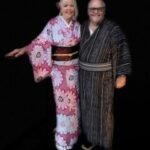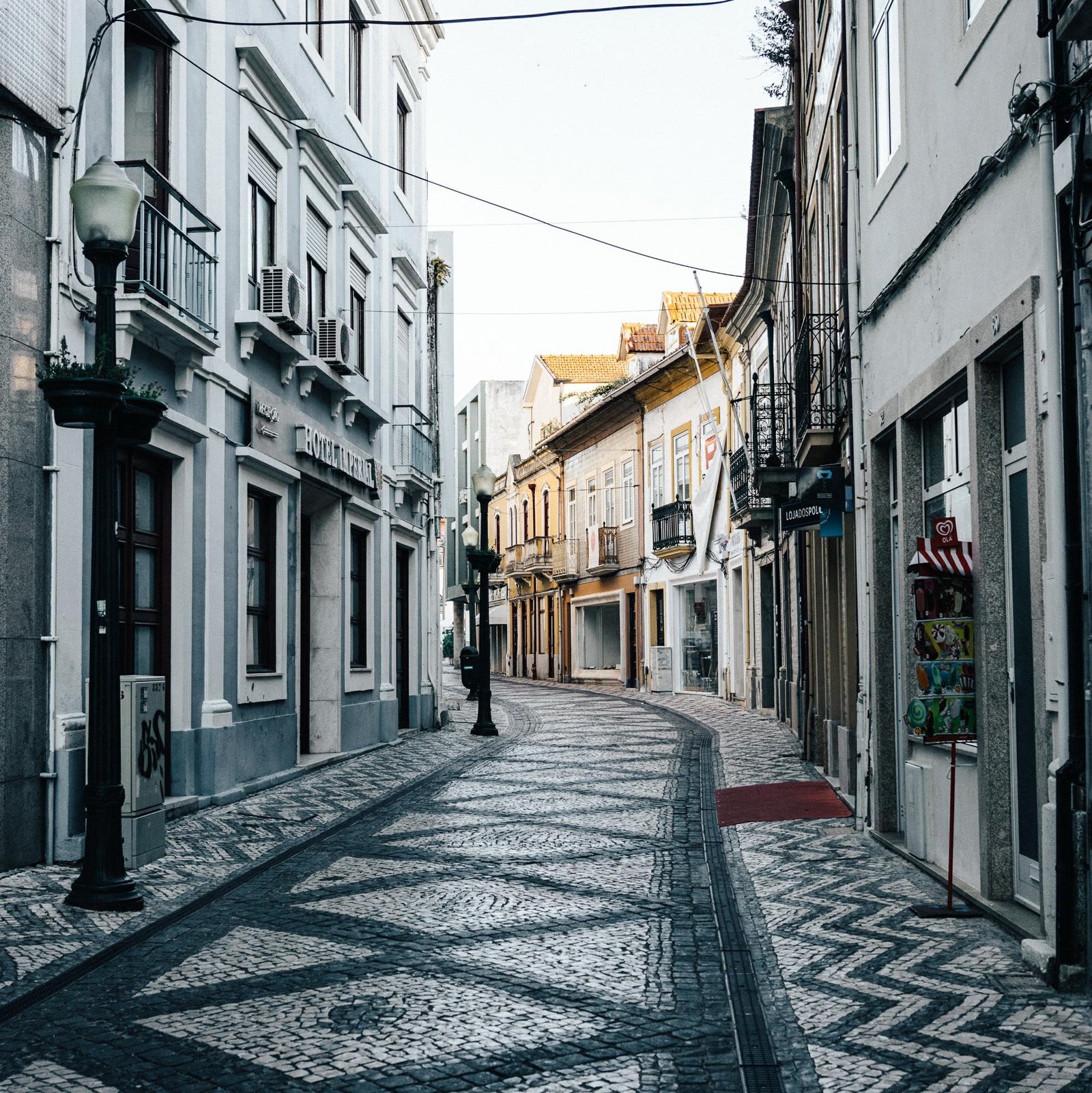We Visit a Real Sumo Wrestling Stable in Tokyo
Sumo wrestling is more than Japan’s national sport—it’s a window into centuries of culture, ritual, and physical discipline.
On our recent journey through Tokyo, we were fortunate to step inside one of sumo’s most sacred spaces: a working sumo stable (heya).
Specifically, we visited Tamanoi-beya, located in Tokyo’s Adachi ward, for an intimate look at how Japan’s mighty wrestlers train, live, and preserve an ancient way of life. You can learn more from the stable’s official website.
 A Brief History of Sumo
A Brief History of Sumo
Sumo has roots that stretch back over 1,500 years, originating as a form of ritual dance performed to entertain the Shinto gods. By the 17th century, it had evolved into a professional sport, gaining popularity during Japan’s Edo period. Today’s sumo retains many of its traditional elements: ceremonial dress, salt purification rituals, and the dramatic shikiri (pre-bout standoff) that signals each clash.
Matches take place in a circular ring called a dohyo, and victory comes either by forcing the opponent out of the ring or making any part of their body other than the soles of the feet touch the ground. But while the matches are physically intense, there is much more to sumo than brute strength.
Although sumo wrestling is visually defined by its thunderous collisions and raw physical power, the sport is, at its core, a living embodiment of Japanese spiritual and cultural values. Every match begins and ends with ritual—clapping to summon the gods, tossing salt to purify the ring, and bowing in mutual respect. These are not theatrical gestures; they are rooted in centuries-old Shinto beliefs.
Beyond the ring, the wrestlers themselves live a life governed by extraordinary discipline and structure. Their days begin before dawn, shaped by repetition, humility, and unwavering respect for rank and tradition. Younger rikishi serve their elders, clean the stable, and often cook the communal meals, all while aspiring to earn their place through relentless dedication.
In sumo, strength is not merely measured by physical dominance—it’s measured by one’s willingness to submit to a way of life that honors those who came before. The sport may look like combat, but at heart, it’s a sacred dance of honor, humility, and spiritual perseverance.
Sumo Today: A Blending of Tradition and Modernity
Modern sumo remains tightly bound to its roots, yet it is not without evolution. Foreign-born wrestlers—particularly from Mongolia—have become some of the sport’s most dominant figures, and fans from around the world travel to Japan to witness its six annual tournaments.
Wrestlers live and train in stables, each governed by a former professional sumo wrestler now known as an oyakata (stablemaster). These men not only train their recruits but also guide every aspect of their daily lives, from nutrition to etiquette.
Our Visit to Tamanoi-beya
Located in a quiet Tokyo neighborhood, Tamanoi Stable is one of Japan’s more open and welcoming heya. It’s headed by Tamanoi-oyakata, formerly the ozeki-ranked Tochiazuma Daisuke, a beloved figure in sumo circles known for his thoughtful leadership and technical brilliance in his fighting days.
During our visit, we observed a morning training session (asageiko)—a remarkable display of strength, repetition, and humility. Wrestlers practiced footwork, slapping drills, and head-to-head bouts in a room lined with sweat-soaked towels and clay floors. The sounds of exertion, grunts, and thundering footfalls were punctuated only by the stern commands of the oyakata.
One of the most compelling figures we observed was Tohakuryu Takayoshi, a Mongolian-born rikishi currently competing in the juryo division. His focus, stamina, and sheer physical presence left a lasting impression. Originally from Ulaanbaatar, Tohakuryu has become a standout figure within Tamanoi Stable, both as a competitor and as a mentor to younger trainees.
After training concluded, we were invited to step into the ring area and meet several of the wrestlers. Their warmth and humility—despite their intense physical regimen—was surprising.
Reflections on a Timeless Tradition
Our visit to Tamanoi-beya was more than a cultural experience—it was a glimpse into a world where discipline, respect, and spiritual tradition still reign. In an age of constant change, sumo’s commitment to ritual and hierarchy offers something enduring. It reminds us that greatness is often forged in silence, sweat, and repetition—not just spectacle.
If you ever have the chance to observe a morning sumo practice in Japan, don’t miss it. It’s a humbling and unforgettable way to connect with the country’s living heritage.
 Planning a Visit
Planning a Visit
Visits to sumo stables, such as Tamanoi, must be arranged in advance, and etiquette is of paramount importance.
Guests are expected to remain quiet, respectful, and dress modestly. Photography is typically permitted during practice, but the use of flash is not allowed during training.
For more information or to book a Japan journey, please call Roaming Boomers Travel Services at (480) 550-1235 or use our convenient online information request (click here) and we’ll reach out to you.
Additional Reading
If you enjoyed this article, sign up for our travel newsletter to keep abreast of our best travel tips, on-location reviews, exclusive travel offers, group travel events, and much more.
This article was written with the aid of Perplexity AI, Grok, or ChatGPT. Roaming Boomers Travel Services is an independent affiliate of Cadence and a Virtuoso® member. CST#201120-40
The post We Visit a Real Sumo Wrestling Stable in Tokyo appeared first on The Roaming Boomers















